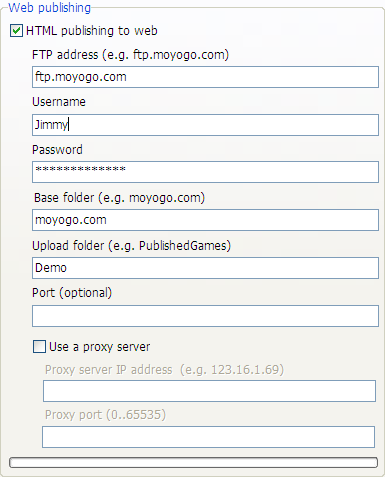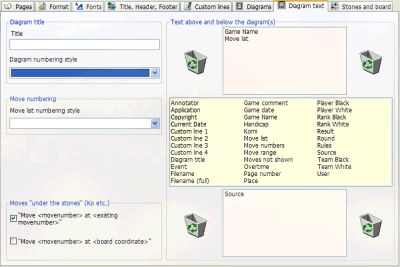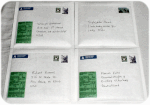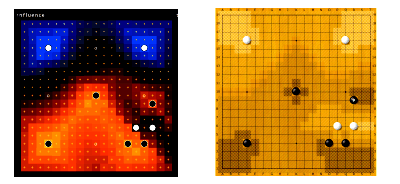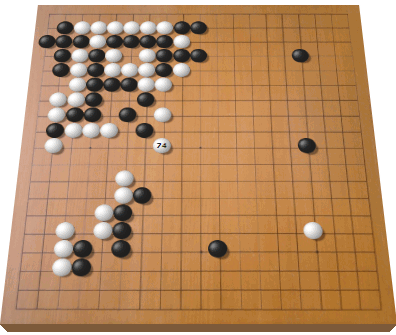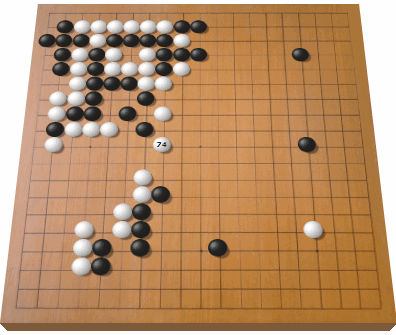Kama The Devadasi
If you ever are in London and you would like to receive some spiritual love, you should contact Kama:
http://www.kamaofkingston.com/home.html
I write about her because some trouble she faces is identical to mine. We have a lot in common:
- We both turned our hobby into our profession
- We both are a class apart at what we do
- We both put ethics above money (she has a Flash animation saying she does not welcome Republicans and I don't make a secret of my thoughts on sales-sensitive subjects either)
- We both have something unique on offer: Kama is perhaps the only person in the Western world able to perform the 10th Position of the Perfumed Garden in full suspension, and Moyo Go's unique pattern system is just about as enjoyable I guess.
But what really got my attention (this is how I found her site) is how she is subjected to similar attacks by competitors and wannabees. The wildest allegations about her have surfaced. She would be a pimped slave. She would not pay tax. She would not exist at all but she would be a "team". People harassed her on every forum she ventilated her opinion about politics and/or her profession (I haven't met her but according to her she offers actual, religious-inspired love/sex).
To sum it up: She was a threat, and her competitors and some potential customers not able/prepared (financially) to enjoy her service lashed out to her at all fronts, including threats, slander, harassment and censorship. Those she had offended by being against the US administration might have joined in as well.
Harrassment broken down in five categories:
"FINANCIAL"
Kama: Competitors losing market share,
Moyo: Competitors losing market share.
"FRUSTRATION"
Kama: Men who want to spend time with her but can't afford it,
Moyo: Go players who want to have Moyo Go but can't afford it or it doesn't run on their OS.
"EGO"
Kama: US Republicans she has offended by saying she won't sleep with them,
Moyo: Java/C++/Linux/Mac users, Polish/Canadians/etc. who felt personally offended when I made general remarks about resp. their language/country.
"ENVY"
Kama: Envious women who secretly admire her independence and wouldn't object to making the kind of money she makes,
Moyo: Envious programmers who tried to set up a Go software company as I did, but failed. Or they never even tried it and now they feel it's too late.
"ELITARIANISM"
Kama: Racists, telling her to go back to India,
Moyo: Go players, telling me to become strong at Go or shut up, lose all hope and disappear.
